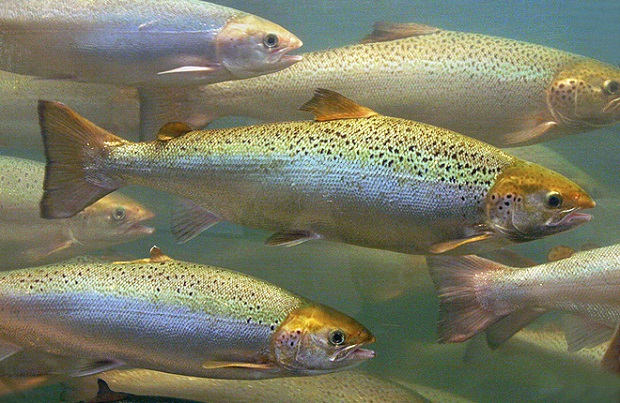
Industry update
News
Regulations
Aquaculture producers urged to sign up for USDA COVID-19 assistance
October 12, 2020 By Nestor Arellano
 (Image: USDA AgResearch Magazine)
(Image: USDA AgResearch Magazine) The United States Department of Agriculture (USDA) is calling on aquaculture producers impacted by the coronavirus pandemic to apply for financial assistance being offered by the department.
The administration recently announced details of the new US$14 billion Coronavirus Food Assistance Program, also known as CFAP2. The program will provide direct payments to agriculture and aquaculture producers who continue to face market disruptions and associated cost because of COVID-19.
The USDA said it will accept CFAP2 applications from September 21, 2020 through December 11, 2020.
The latest release of funds follows an estimated $10 billion in support given to producers that experienced COVID-19 related losses experienced through mid-April 2020.
Eligible aquaculture species
Aquaculture eligible for CFAP2 includes: any species of aquatic organisms grown as food for human consumption, fish raised as feed for fish that are consumed by humans, and ornamental fish propagated and reared in an aquatic medium.
Eligible aquaculture species must be raised by a commercial operator and in water in a controlled environment. This includes molluscan shellfish and seaweed that was previously covered under the U.S. Department of Commerce program.
Eligible sales
Eligible sales only include sales of raw commodities grown by the producer. The portion of sales derived from adding value to the commodity, such as processing and packaging, and from sales of products purchased for resale is not included in the payment calculation.
Payment calculations will use a sales-based approach, where producers of eligible commodities are paid based on five payment gradations associated with their 2019 sales.
For additional information on Coronavirus Food Assistance Program 2, visit farmers.gov/cfap
Print this page